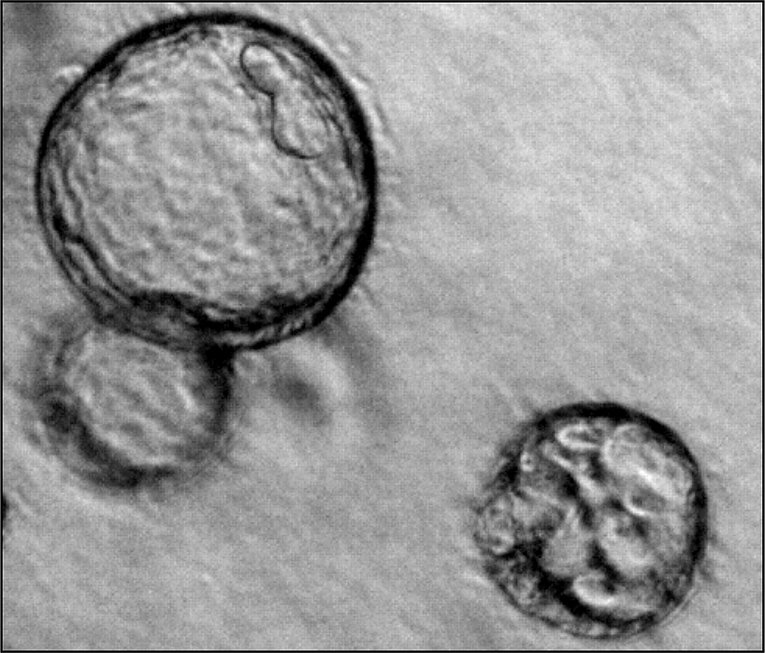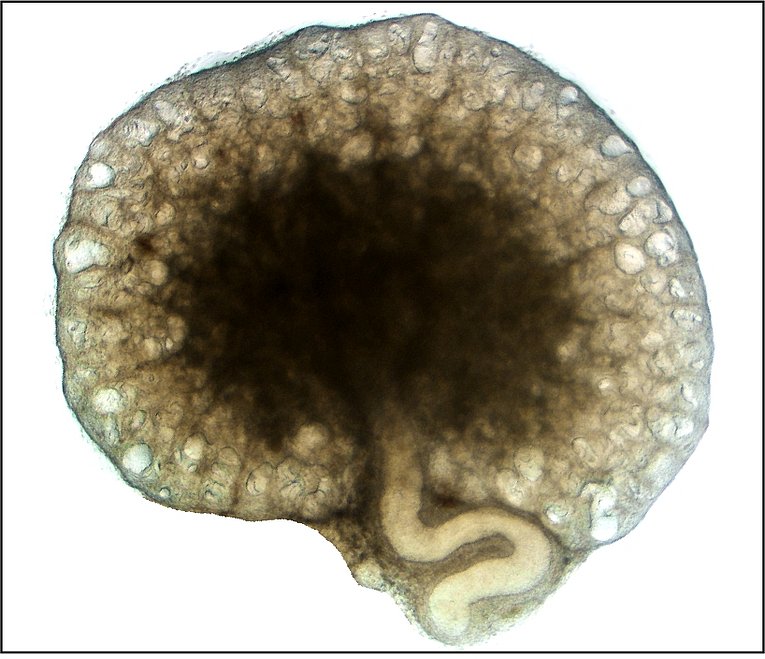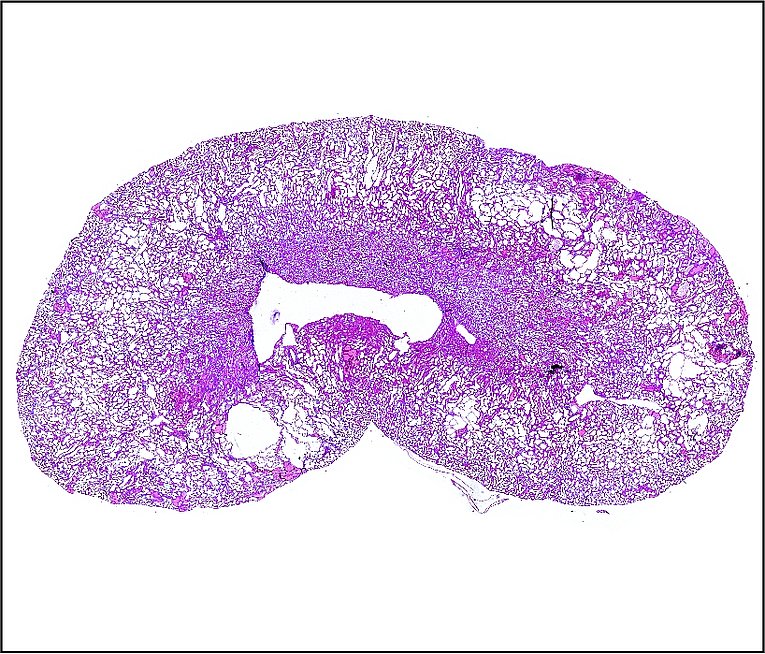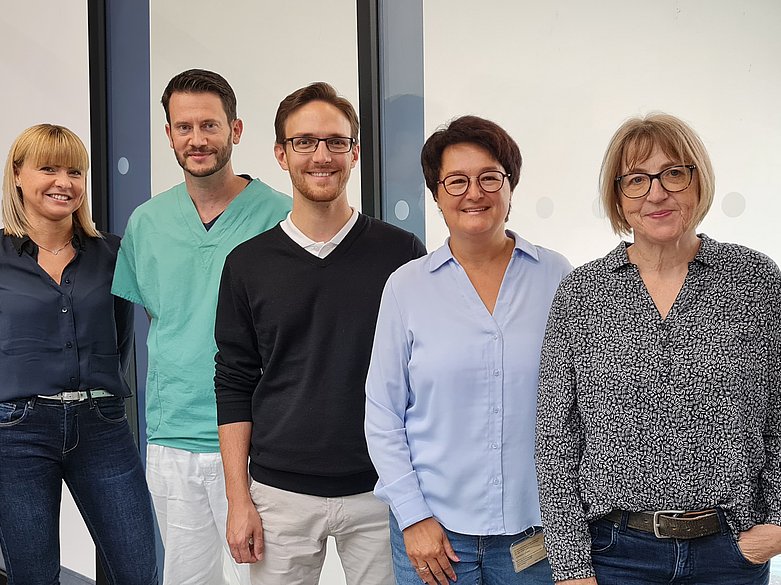


In our group we are mainly interested in the mechanisms of cyst growth in polycystic kidneys. There is a variety of polycystic kidney diseases that are often hereditary. The most frequent form is the autosomal dominant polycystic kidney disease ADPKD. It affects one in one thousand people and leads to the development of various fluid-filled cavities (cysts) in both kidneys. Cysts then grow continuously over time which causes compression of adjacent unaffected tissue which often results in loss of renal function. Cyst expansion can mainly be attributed to secretion of chloride and fluid by the cyst epithelium into the interior of the cyst. We investigate proteins but also environmental factors that may play a role in cyst secretion. Our long-term objective is to find strategies in order to inhibit cyst growth and therefore preserve renal function.
The Role of Hypoxia
Continuous cyst growth results in progressive hypoxia in polycystic kidneys which in particular leads to expression of the hypoxia-inducible factor HIF-1α in cyst-lining cells. We analyse the effects of HIF-1α on cyst expansion.
The Role of Anoctamins
Chloride secretion into the cyst lumen is mediated by apically expressed chloride channels. Next to the cAMP-dependent CFTR chloride channel also Ca2+-activated chloride channels are involved. Therefore, we investigate the impact of anoctamins, a new family of Ca2+-activated chloride channels, on cyst secretion.
The Role of Purinergic Receptors
Activation of Ca2+-activated chloride channels often follows stimulation of purinergic receptors (P2Y- and P2X receptors) by extracellular ATP. We study the relevance of purinergic receptors for secretion-dependent cyst growth.
Collaborations
- Prof. Dr. med. Karl Kunzelmann, Department of Physiology, University of Regensburg
- SFB 1350 Projekt A2, Universität Regensburg
- SFB 1350 Projekt B3, Universität Regensburg
- PhD Dorien J.M. Peters, Leids Universitair Medisch
Group leader
Postdoc
Graduate students
Kathrin Skocznski







